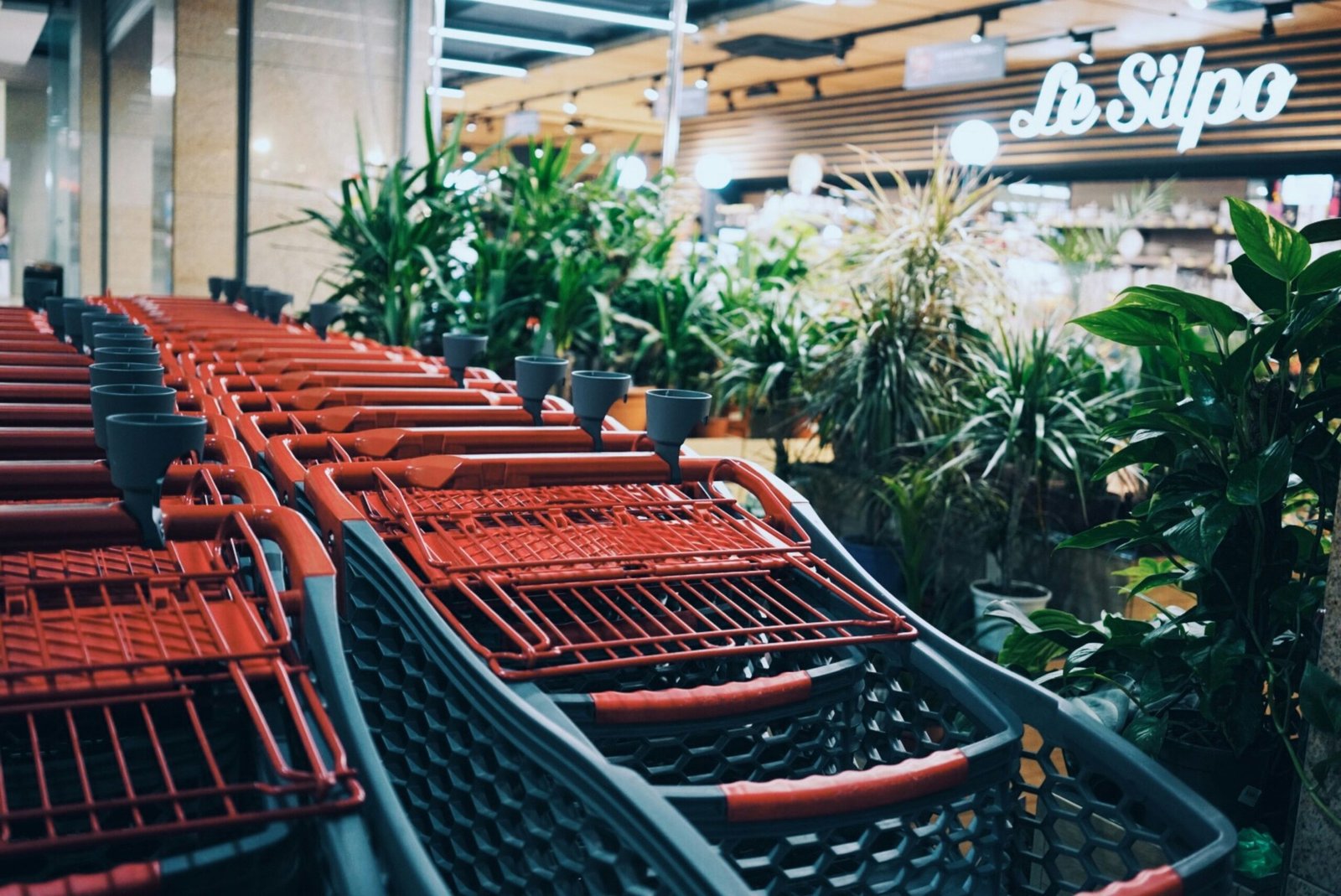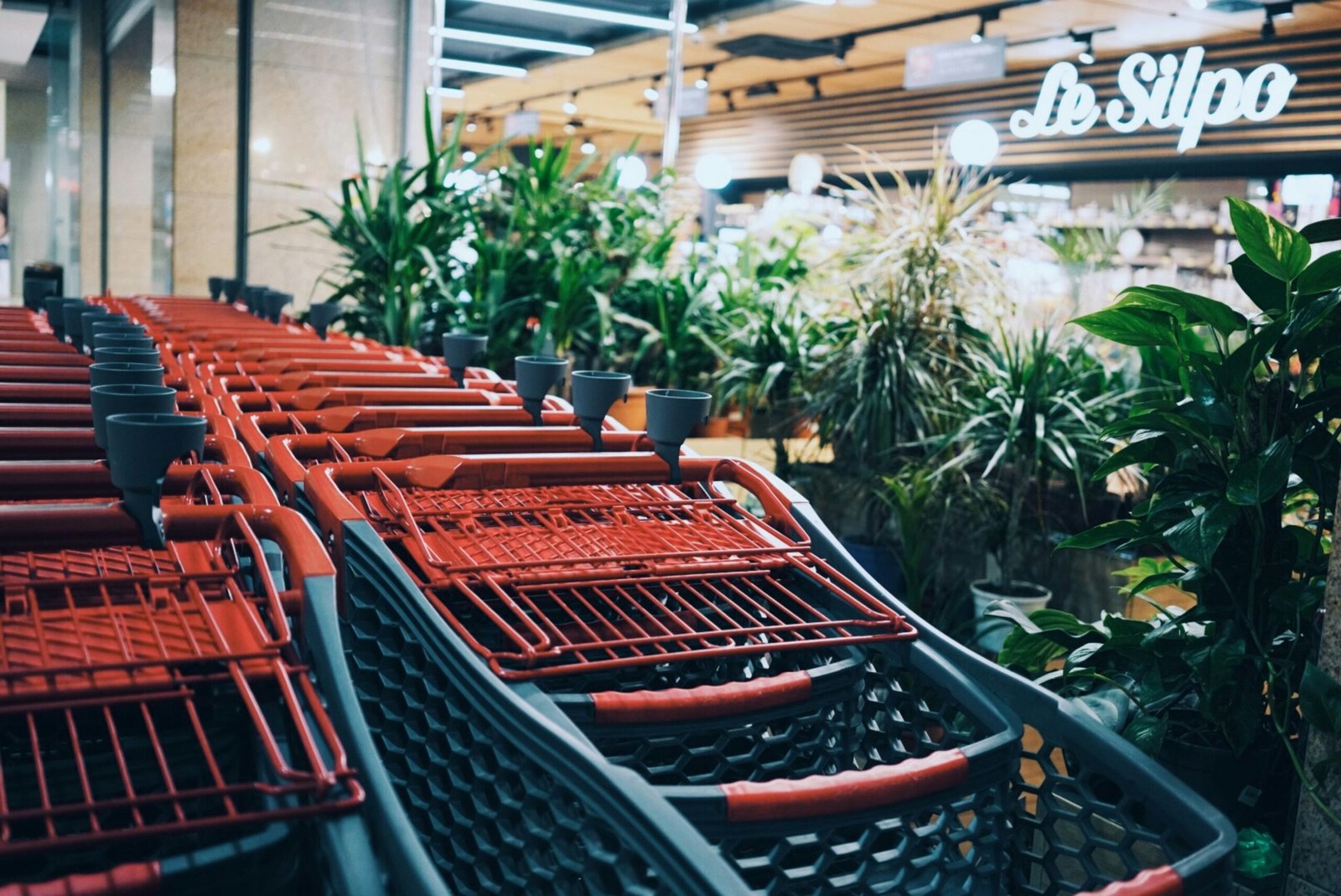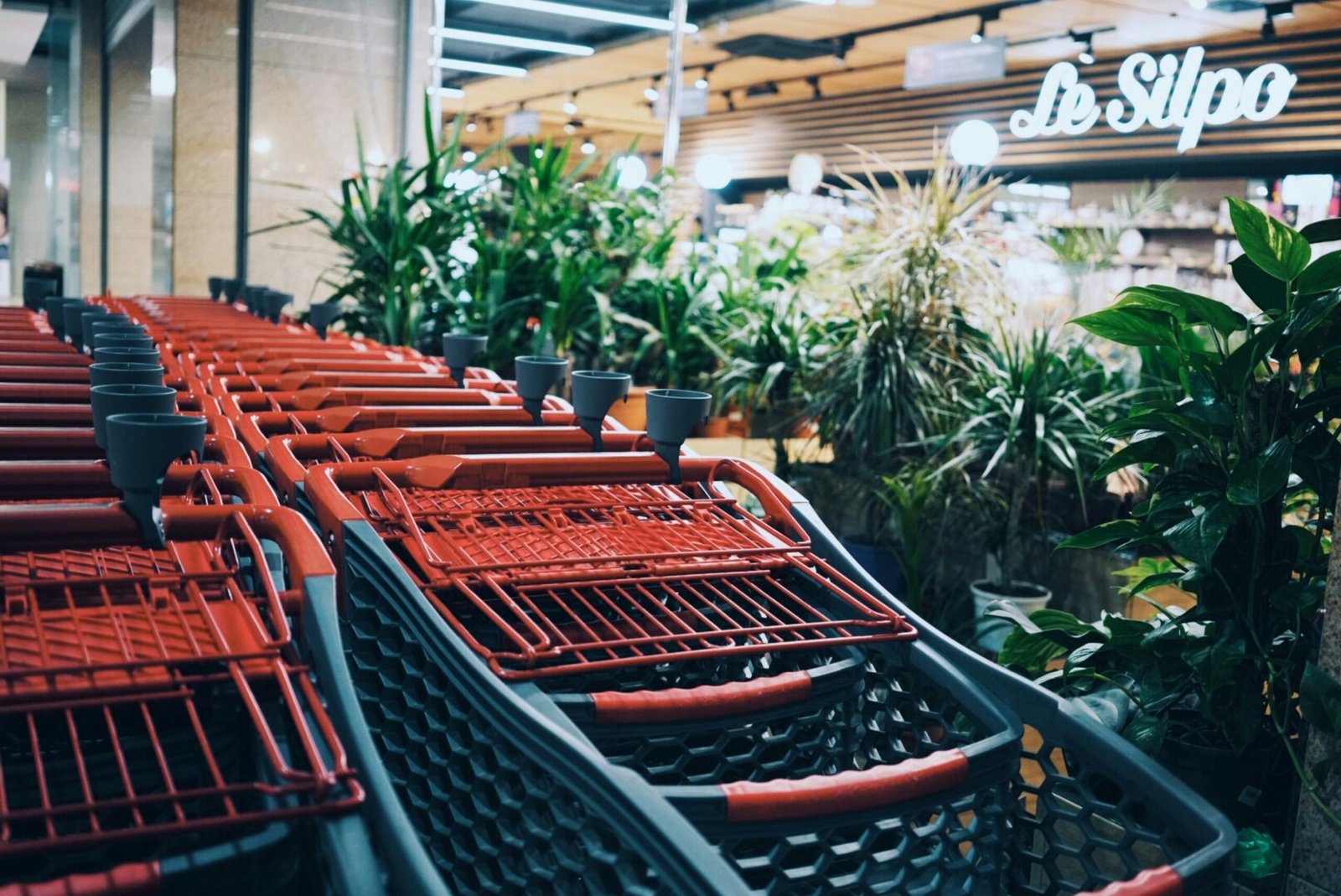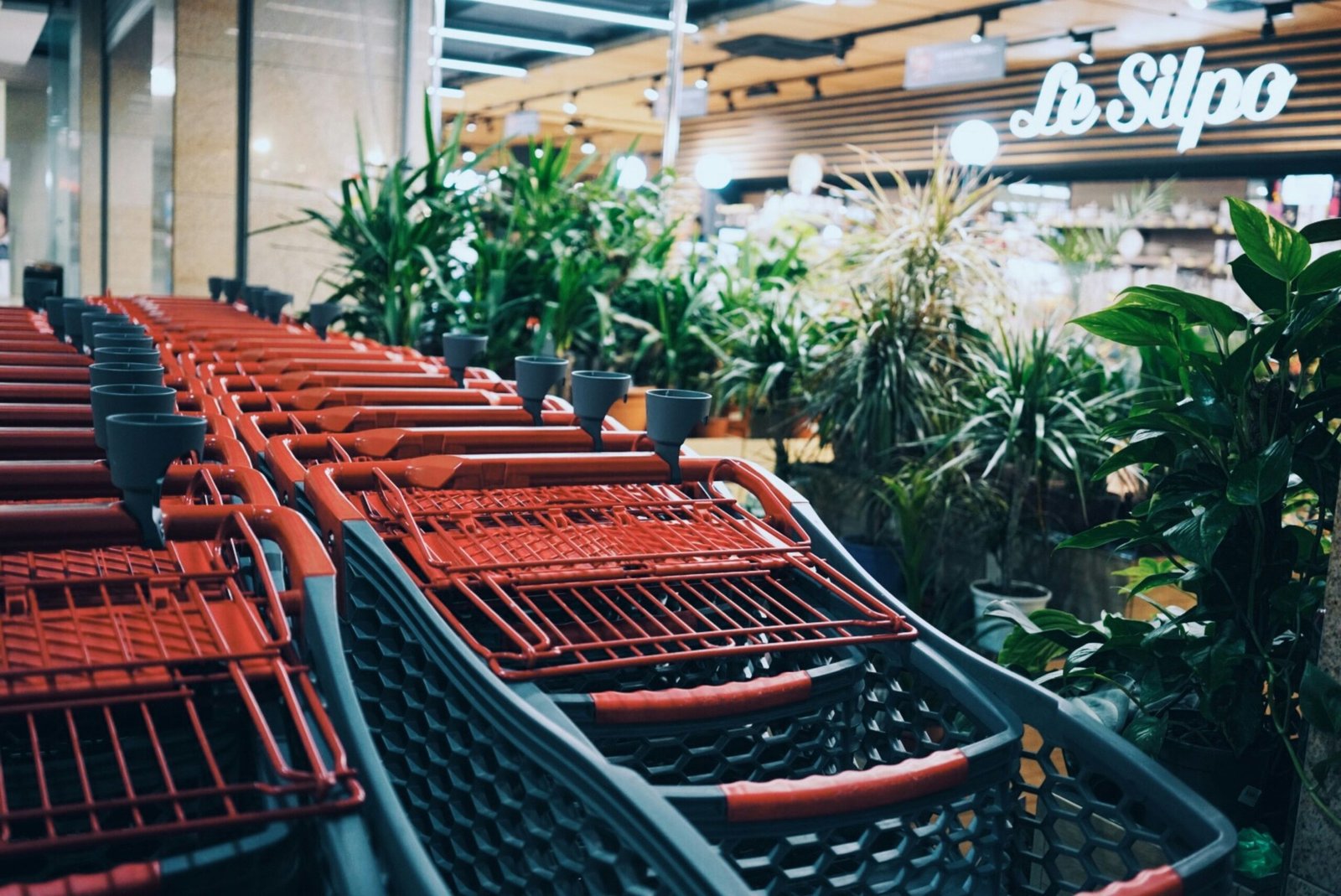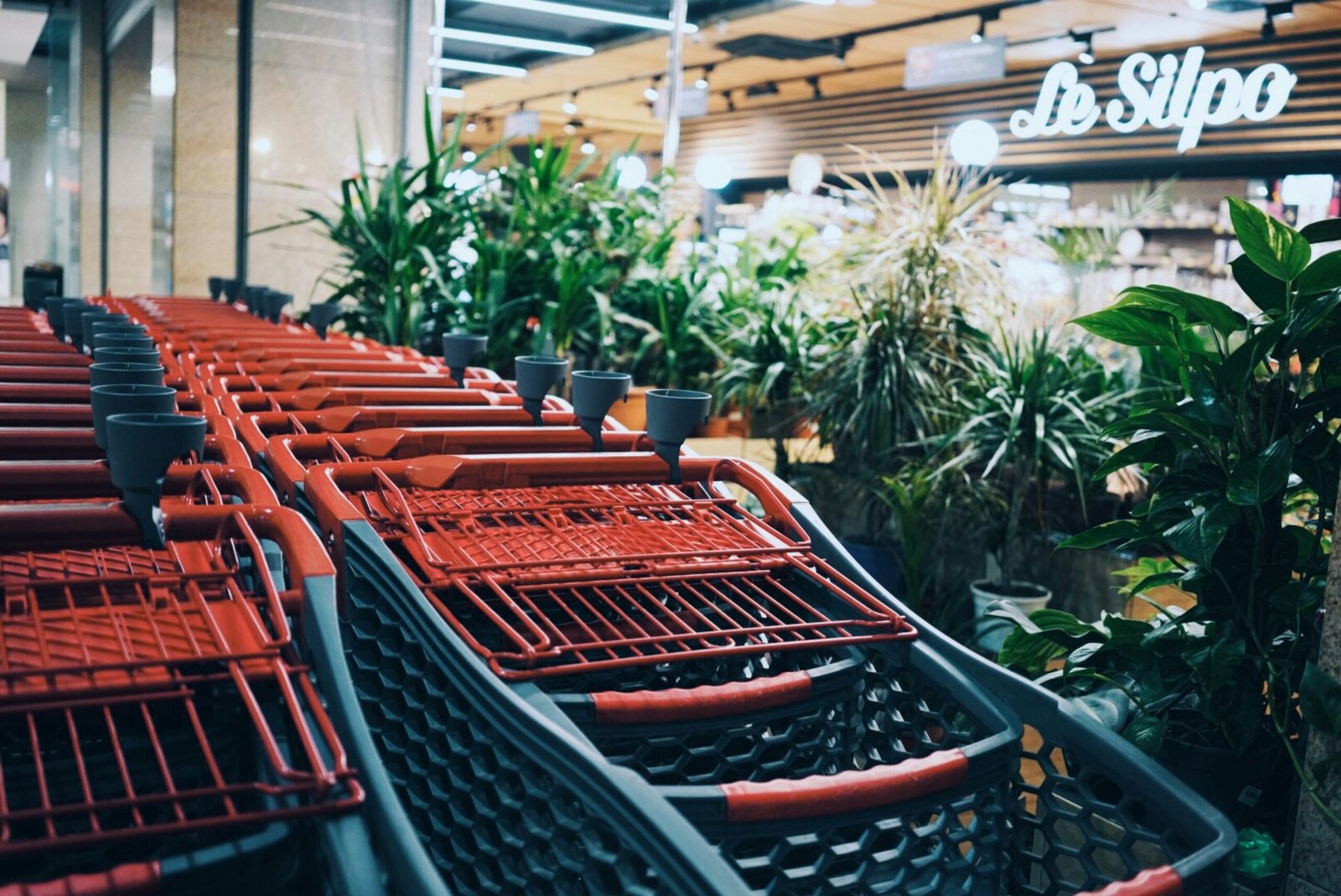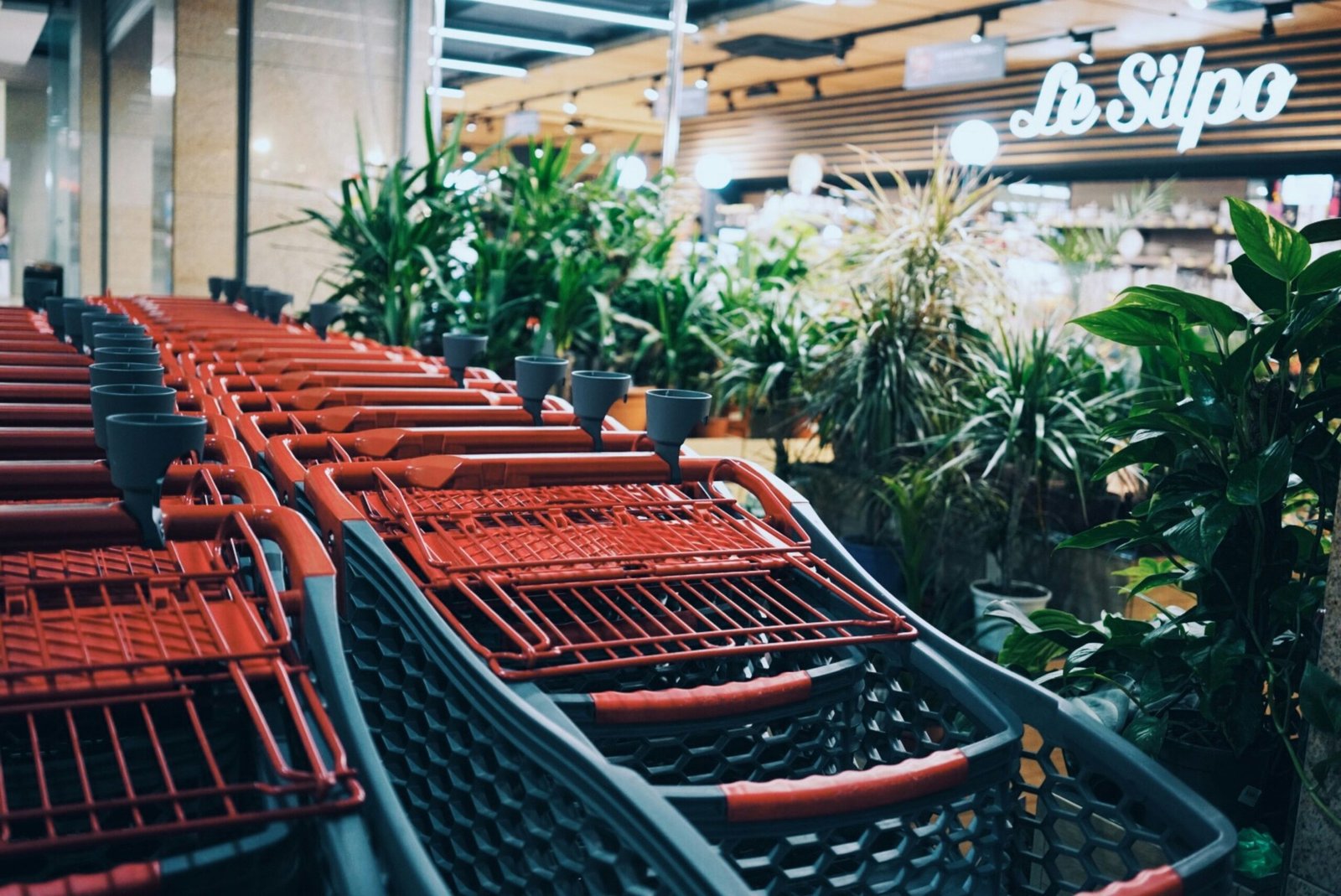`Traveling with Plants on a Plane can be a unique and rewarding experience, allowing individuals to bring a piece of nature along for the journey. However, it is essential to recognize the specific considerations and challenges associated with bringing plants on a plane. Different airlines have varying policies regarding carrying plants, and understanding these guidelines is critical to ensure a smooth travel experience. Additionally, international travel introduces another layer of complexity, as countries have strict regulations and restrictions pertaining to the import and export of plant material.
The first step in planning to travel with plants is to thoroughly research the specific airline’s policies. Some airlines allow plants in both checked luggage and carry-on bags, while others may have restrictions depending on the type of plant or its size. It is necessary to contact the airline directly or check their official website to obtain precise information, thereby avoiding any unfortunate surprises at the airport.
Besides airline-specific rules, international travelers must navigate various regulations set by governmental bodies like the United States Department of Agriculture (USDA) or equivalent organizations in other countries. These regulations are in place to prevent the spread of pests and diseases that can significantly impact local ecosystems and agriculture. Travelers may need to obtain phytosanitary certificates, which verify that the plants have been inspected and are free from harmful organisms.
Practical considerations must also be taken into account when bringing plants on a plane. Plants need to be packaged in a way that minimizes the risk of damage during transit. Containers should be secure and prevent soil from spilling, and the plants must be hydrated adequately to withstand the journey. However, overwatering can lead to leaks, which may cause issues at security checkpoints or during the flight.
Understanding and adhering to these guidelines and regulations is crucial for a seamless travel experience with plants. It ensures that both the traveler and the plant arrive at the destination in good condition, ready to be enjoyed.
When considering whether you can bring plants on a plane, understanding airline policies is crucial as different airlines have varying regulations regarding the transport of greenery. Domestically, most U.S. airlines, including major carriers like American Airlines, Delta, and United, allow passengers to bring plants on board, provided they meet certain criteria. Generally, plants must be small enough to fit in the overhead bin or under the seat in front of you. Airlines typically require that plants be contained in leak-proof packaging to prevent any soil spillage during flight.
International travel with plants, however, can be more complex due to stricter regulations aimed at preventing the spread of pests and diseases. Each country has its own specific guidelines, which can often be found on the respective airline’s official website or by contacting customer service. For instance, airlines such as British Airways and Lufthansa have detailed instructions regarding approved plant types and necessary documentation, including phytosanitary certificates. These certificates verify that the plants being transported are free of pests and diseases and are typically required for entry into many countries.
In terms of general guidelines, the size of the plant and its packaging are of utmost importance. For hassle-free travel, it is advised to use plastic containers rather than clay or ceramic pots, which are both heavier and more prone to breakage. The packaging should securely contain the plant and its soil; sealed plastic bags or specially-designed plant transport boxes are effective solutions.
It’s also important to note that some airlines may charge additional fees for bringing plants on board, treating them as special luggage. Checking with the airline beforehand can help avoid unexpected costs. Furthermore, certain airlines might have restrictions during specific seasons, particularly when temperature sensitivity is a concern.
Being well-informed about these varying airline policies ensures a smoother journey for both you and your plants, circumventing potential complications along the way.
Table of Contents
International Plant Travel Regulations
When embarking on international travel with plants, understanding and complying with the destination country’s regulations is paramount. One of the first steps is to research the specific requirements of the country to which you are traveling. Many countries have stringent rules to prevent the introduction of non-native species that could potentially harm local ecosystems.
A pivotal document you will likely need is a phytosanitary certificate. This certificate, issued by a government agency, such as the Department of Agriculture in your country, attests that the plants you are carrying meet the import requirements of the destination country and are free from pests and diseases. Acquiring a phytosanitary certificate typically involves an inspection of your plants by a certified inspector, who will verify that they are healthy and fit for travel.
Customs declarations are another critical consideration. Upon arrival at your destination, you must declare the plants you are carrying to customs officials. Failing to declare plants can result in severe penalties, including fines or the confiscation and destruction of your plants. Be prepared for customs officers to inspect your plants and review your documentation thoroughly.
Specific country restrictions also play a significant role in international plant travel. For instance, some countries have outright bans on the import of certain species, while others have strict quarantine measures that must be followed. Additionally, some countries may require additional documentation, such as import permits or notifications in advance of your travel. It is advisable to contact the agriculture or customs authorities of the destination country well in advance to gather comprehensive and up-to-date information.
Thorough preparation is key to ensuring a smooth journey with your plants. By researching and obtaining the necessary documents and adhering to the regulations of the destination country, you can enjoy your travels without unforeseen complications and safeguard the environment of the areas you are visiting.
Best Practices for Transporting Plants
Traveling with plants requires careful planning and execution to ensure they arrive safely and in good health. One fundamental aspect is selecting appropriate containers that provide both stability and protection. Sturdy pots with drainage holes can prevent waterlogging, while plastic containers are lightweight and less prone to breakage. Utilizing a secure box with sufficient padding, such as bubble wrap or newspaper, around the pot can help safeguard against any physical jolts during transit.
Hydration is another critical factor to consider. It is advisable to water the plants thoroughly a day before the journey. This allows excess water to drain off while ensuring the soil remains moist during travel. Overwatering can lead to water spillage and root rot, so striking the right balance is essential. For extended journeys, incorporating a clear plastic bag around the foliage can retain humidity and prevent dehydration without causing undue stress to the plant.
Temperature control plays a vital role in plant safety during flights. Extreme temperatures can be detrimental, particularly for delicate species. To mitigate this, place the plants in insulated containers or wrap them in lightweight cloth to protect against temperature fluctuations. Avoid placing them in direct sunlight or near air conditioning vents within the aircraft cabin.
Minimizing plant stress is paramount for a healthy arrival. Ensure the plants are well-secured within their containers to prevent shifting during movement. Labeling the boxes with “Fragile” and “Live Plant” can alert handlers to exercise additional care. Furthermore, it is advisable to transport plants as carry-on items, if permissible, since this allows for easier monitoring and handling.
In summary, by utilizing proper containers, managing hydration, controlling temperature, and minimizing stress, you can effectively transport plants on a plane while maintaining their health and vitality.
Common Challenges and How to Overcome Them
Traveling with plants can present a myriad of challenges, but with careful planning and foresight, many of these obstacles can be mitigated successfully. One of the primary hurdles is handling airport security checks. The Transportation Security Administration (TSA) permits plants on planes, but they must be screened through the X-ray machine. To ensure a smooth security process, it’s advisable to package your plant properly in a clear, transparent container, which allows for easy inspection.
Another significant challenge is maintaining plant health during layovers and extended travel times. Plants are susceptible to changes in temperature, humidity, and light exposure. To combat these issues, consider using humidity trays or portable grow lights, and ensure the plant’s soil is moist before travel to prevent dehydration. Additionally, selecting robust and resilient plant species that can tolerate stress and less-than-ideal conditions is wise.
Quarantine regulations present another layer of complexity when traveling with plants, particularly on international flights. Different countries have strict import laws to prevent the introduction of pests and diseases. Research the specific quarantine regulations of your destination in advance, including any required phytosanitary certificates. Failure to comply with these regulations can result in plant confiscation and fines. It may also be beneficial to contact the destination country’s agricultural department for detailed guidance.
Lastly, it is prudent to consider the logistics once you arrive at your destination. Ensure that your travel schedule allows for proper plant care, taking into account the need for watering, re-potting, or temperature adjustments. If long-term travel is expected, making arrangements for plant care before leaving will ensure their well-being while you are on the move.
By anticipating these common challenges and planning accordingly, traveling with plants can be a manageable and even enjoyable experience. Proper preparation is key to ensuring that your green companions reach their destination in good health.
Why Buy Plants Online from Nursery Kart
Purchasing plants online has never been more convenient or rewarding, thanks to platforms like Nursery Kart. Offering a seamless blend of quality, variety, and exceptional service, Nursery Kart simplifies the process of enhancing your living space with beautiful, healthy plants.
One of the primary advantages of buying plants from Nursery Kart is the extensive variety available. Whether you’re looking for indoor plants to freshen up your home, outdoor plants to beautify your garden, or even speciality plants that thrive in specific conditions, Nursery Kart’s diverse collection ensures that you’ll find exactly what you’re looking for. From succulents and cacti to flowering plants and foliage, the range is both comprehensive and carefully curated to meet the needs of every plant enthusiast.
Another significant benefit is the assurance of quality. Nursery Kart collaborates with expert growers to ensure that every plant is nurtured in optimal conditions and delivered to your doorstep in excellent health. The attention to detail at every stage of the process, from planting to packaging and shipping, guarantees that your plants will arrive vibrant and ready to thrive.
The ease of online ordering from Nursery Kart is also a standout feature. With a user-friendly website layout, detailed plant descriptions, and helpful care instructions, you can make informed choices and complete your purchase with just a few clicks. Additionally, Nursery Kart offers prompt delivery services, ensuring that your plants arrive quickly and safely. For added convenience, customer support is readily available to assist with any queries or concerns you may have.
If you’re looking to enrich your home or garden with lush greenery, buying plants online from Nursery Kart is an excellent choice. Explore their offerings and discover the joy of convenient, high-quality plant shopping by visiting Nursery Kart today.
Success Stories from Plant Travelers
Transporting plants on planes can indeed be a daunting task, yet many have successfully overcome the challenges associated with it. Take, for instance, Emma’s journey from San Francisco to New York with her beloved orchid. Emma meticulously researched airline policies and prepared her plant by securing its roots and giving it a thorough water treatment beforehand. She wrapped the orchid in moist newspaper, placed it in a ventilated plastic bag, and ensured it was safely packed in her carry-on. Upon arrival, Emma’s orchid was as vibrant as ever, thanks to her comprehensive planning and the use of breathable materials.
Another compelling story comes from David, who frequently travels internationally for work and never leaves behind his cherished bonsai tree. David’s success lies in his strategic use of protective packaging and the adherence to international regulations regarding plant transport. By obtaining a phytosanitary certificate, a requisite for transporting living plants across borders, he ensures his bonsai tree remains compliant with all agricultural import regulations. David emphasizes the importance of using rigid containers to prevent damage and keeping the plant hydrated using a spray bottle during long flights. This careful attention to detail has allowed David’s bonsai to thrive despite numerous international journeys.
Sarah’s experience highlights the importance of choosing the right time to travel with plants. On a trip from London to Sydney, she successfully transported a rosemary plant by booking flights during cooler months, thus avoiding the stress that extreme temperatures can inflict on plants. Sarah also opted for direct flights to minimize the handling time and potential exposure to harsh conditions during layovers. She used insulated packaging to maintain a stable temperature and secured the plant with cushioning materials to avoid any physical damage.
These success stories underscore the importance of thorough preparation and strategic planning when flying with plants. By learning from Emma, David, and Sarah’s experiences, other plant enthusiasts can increase their chances of successfully transporting their greenery across distances, ensuring their plants remain healthy and vibrant throughout the journey.
Conclusion
In summary, bringing plants on a plane requires careful adherence to a variety of regulations and best practices. Throughout this article, we have highlighted the importance of understanding airline policies, the necessity of proper packaging to prevent damage, and the need for compliance with both domestic and international agricultural regulations. By preparing thoroughly and staying informed, travelers can ensure that their green companions make it to their destination unharmed and compliant with all legal standards.
Remember, knowledge is key. Knowing the specific requirements of your airline and destination can save you from unexpected delays or the potential confiscation of your plants. Moreover, ensure your plants are in a condition to travel, factoring in issues like soil spillage and the plant’s adaptability to changes in environment and air pressure.
For those who find the procedures daunting, or perhaps are looking for an alternative, buying plants online from trusted sources such as Nursery Kart offers a convenient solution. Nursery Kart provides a wide range of plants delivered directly to your doorstep, ensuring that you receive healthy and compliant plants without the hassle of air travel. Leveraging such services can be a more practical choice, often accompanied by guarantees of quality and legality.
By staying informed and prepared, you not only protect the health of your plants but also contribute to broader efforts at maintaining agricultural biosecurity. Future journeys with your beloved plants can be smooth and enjoyable, benefiting both you and the flora you cherish.


